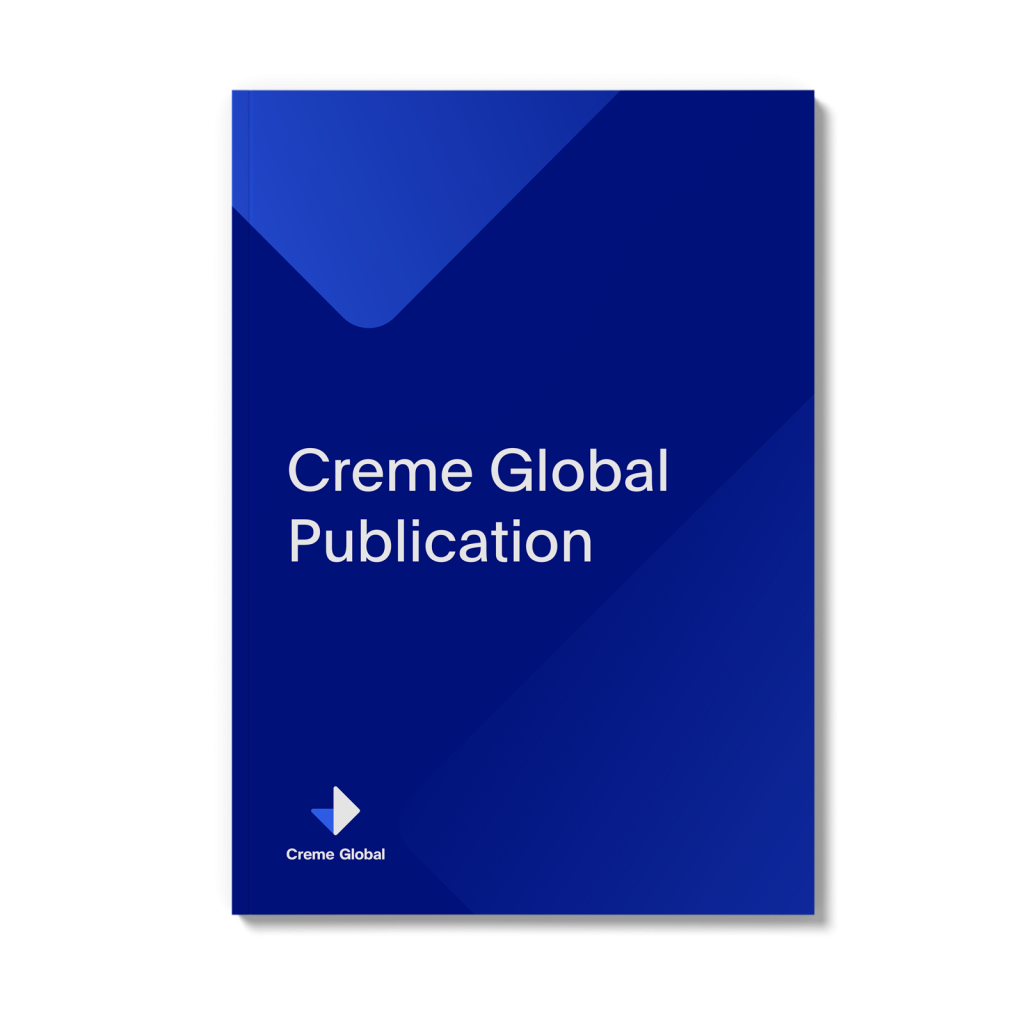Recent data from the EC-funded ODIN project on vitamin D [Food-based solutions for Optimal vitamin D Nutrition and health through the life cycle; EC Contract 613977] show that the prevalence of vitamin D deficiency in Europe, using a threshold for serum 25-hydroxyvitamin D (25(OH)D) of 30 nmol/L, is 1…
Authors: Pigat S and Kiely M.
Publication date: 29/09/2017
